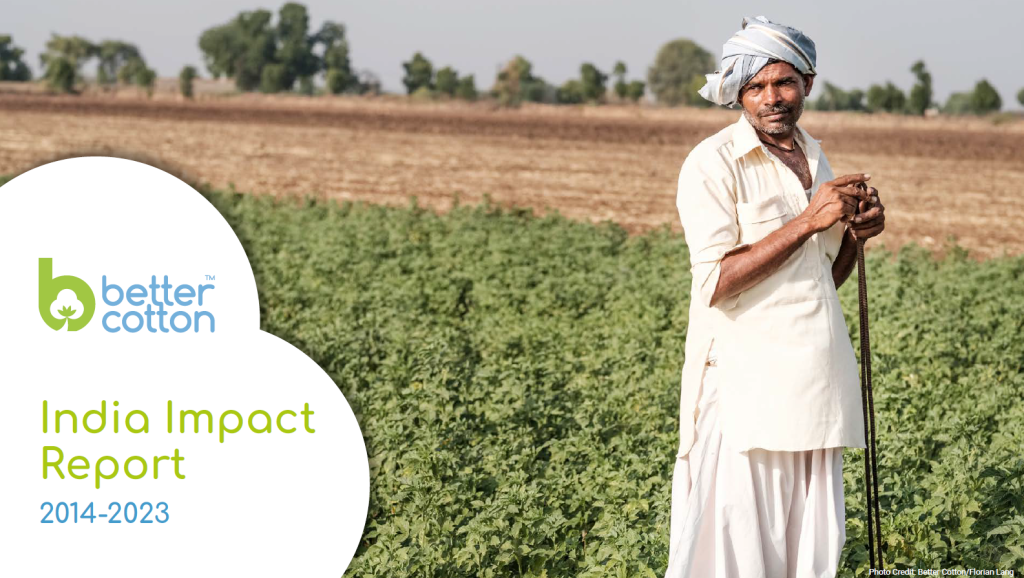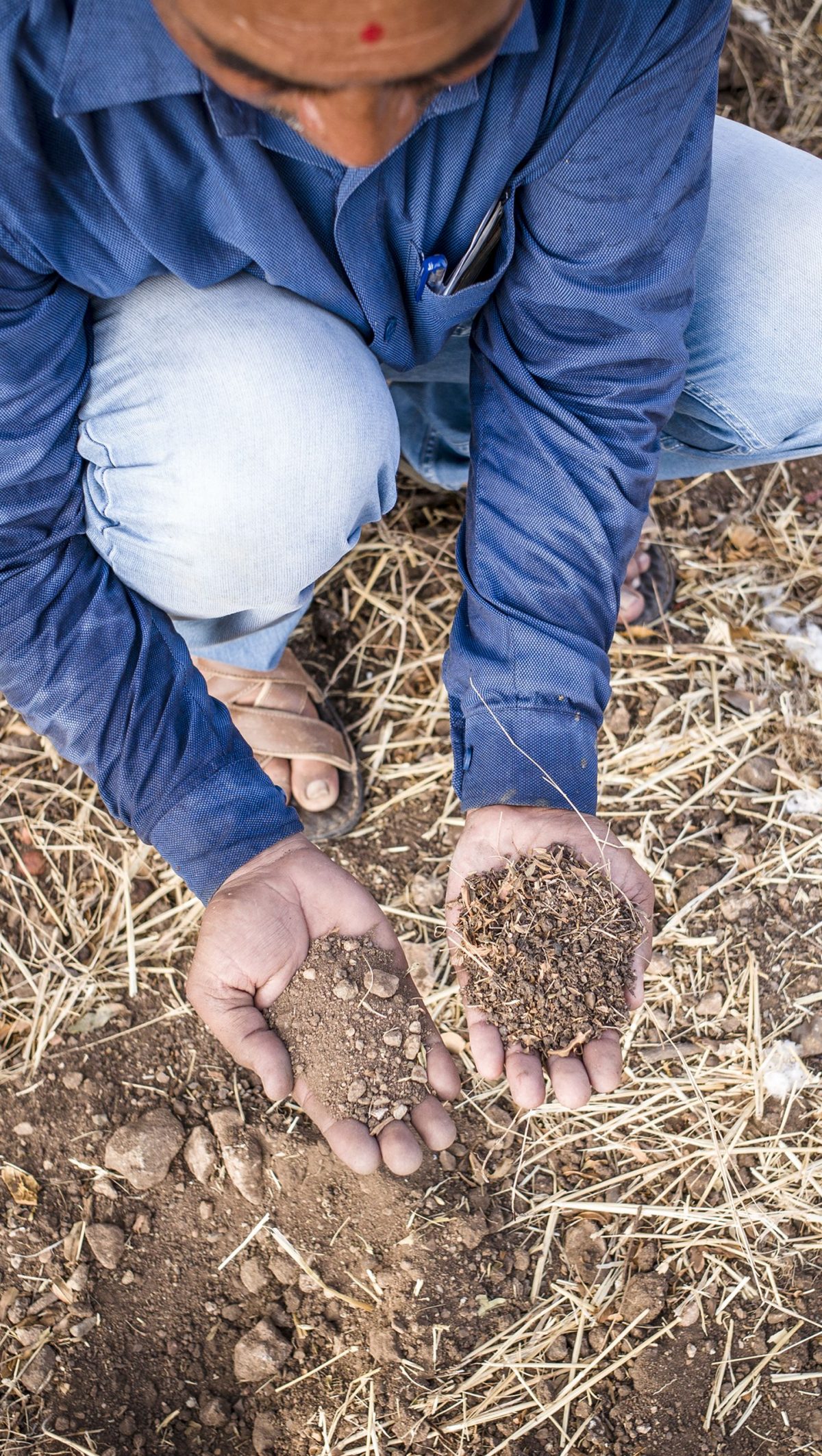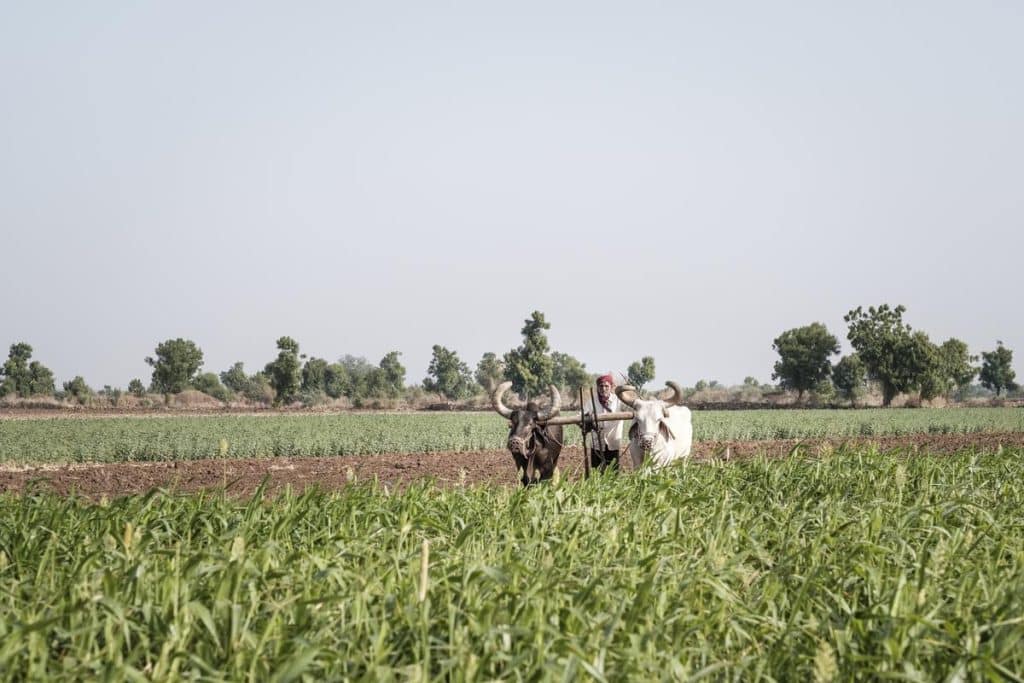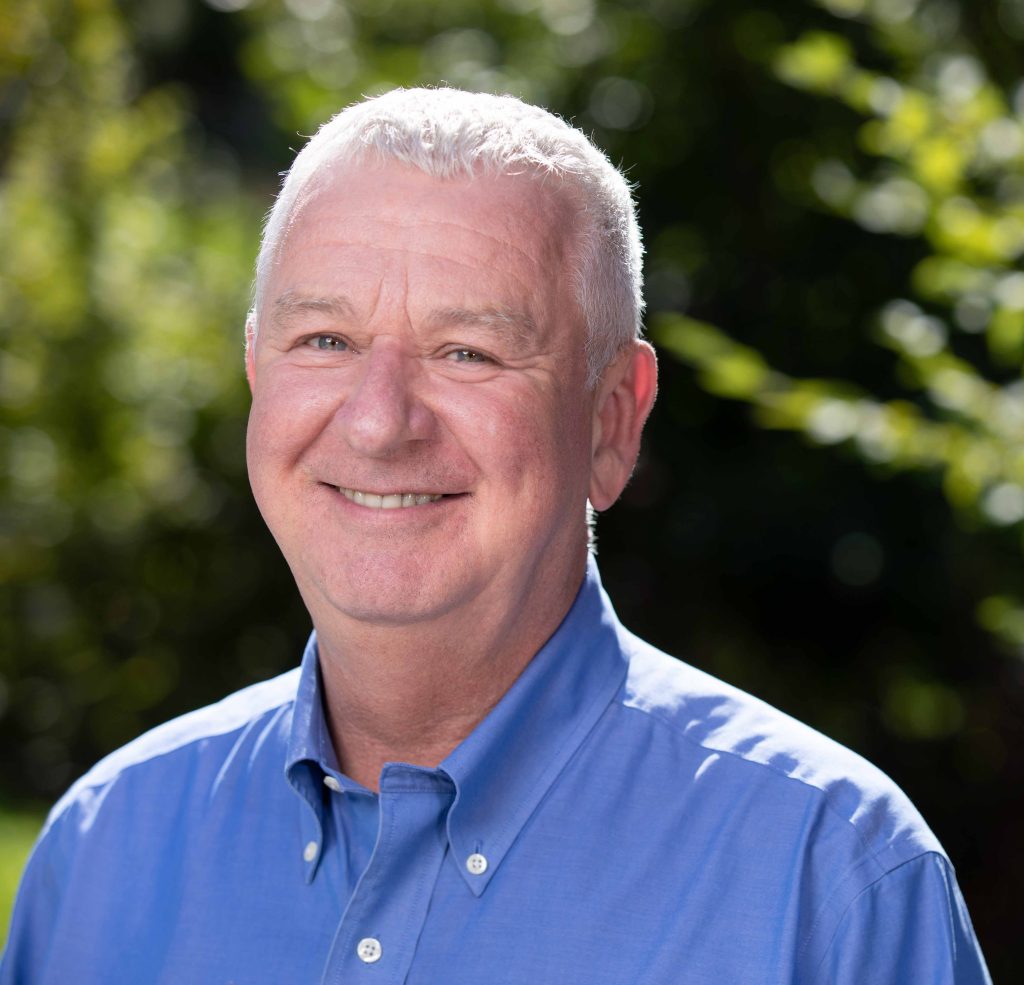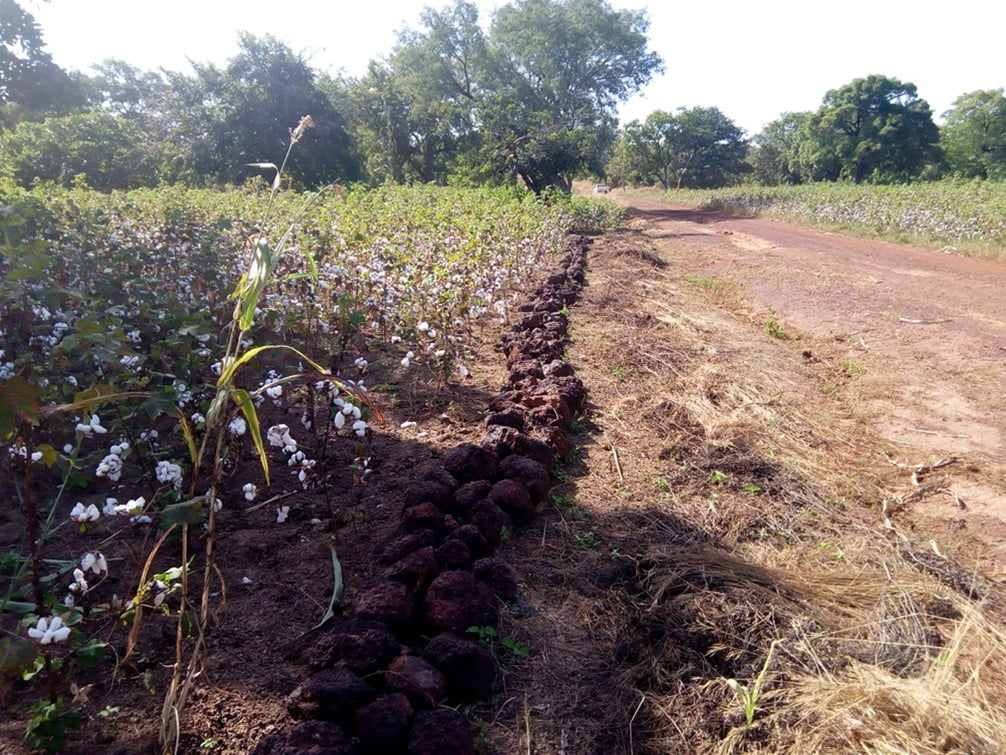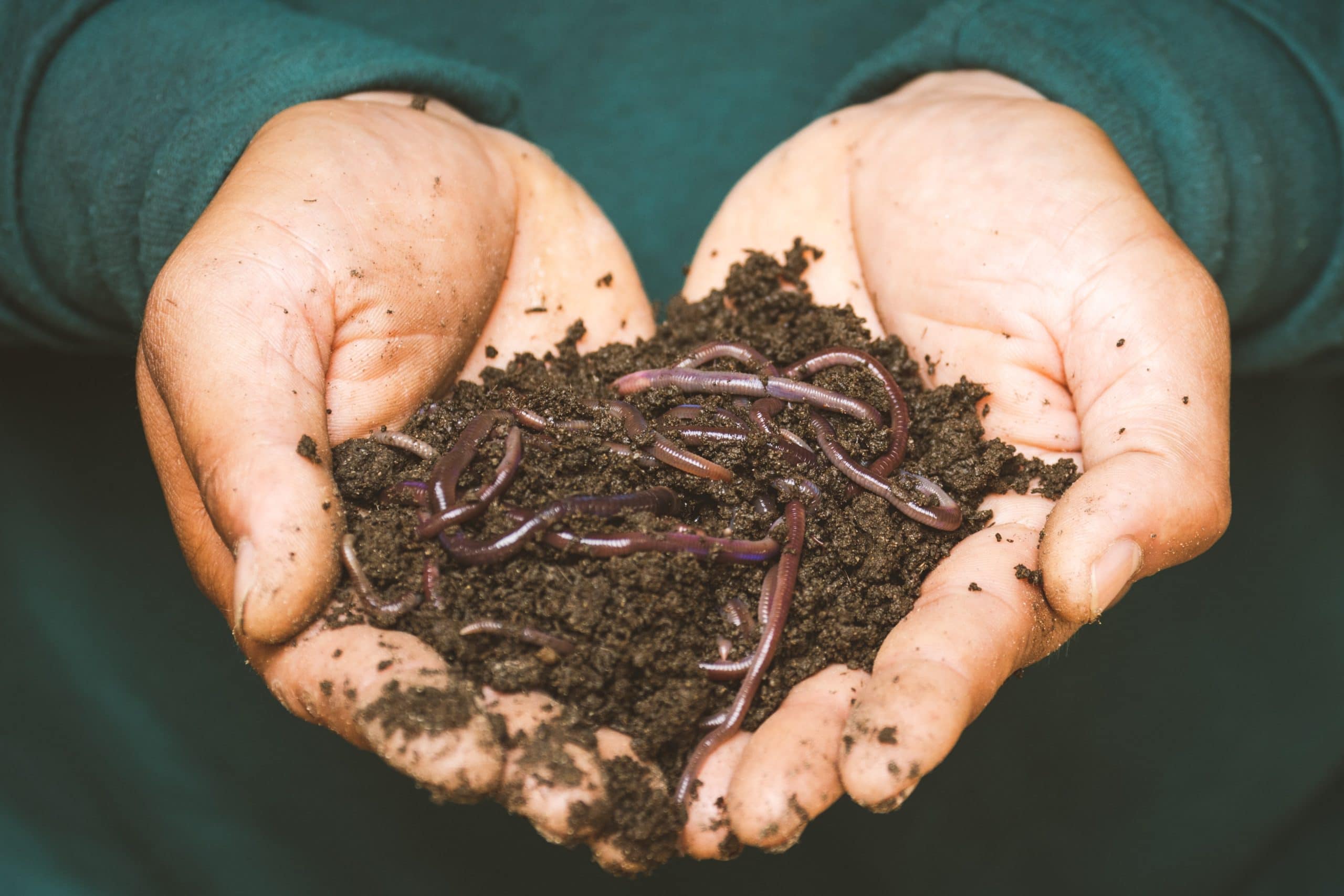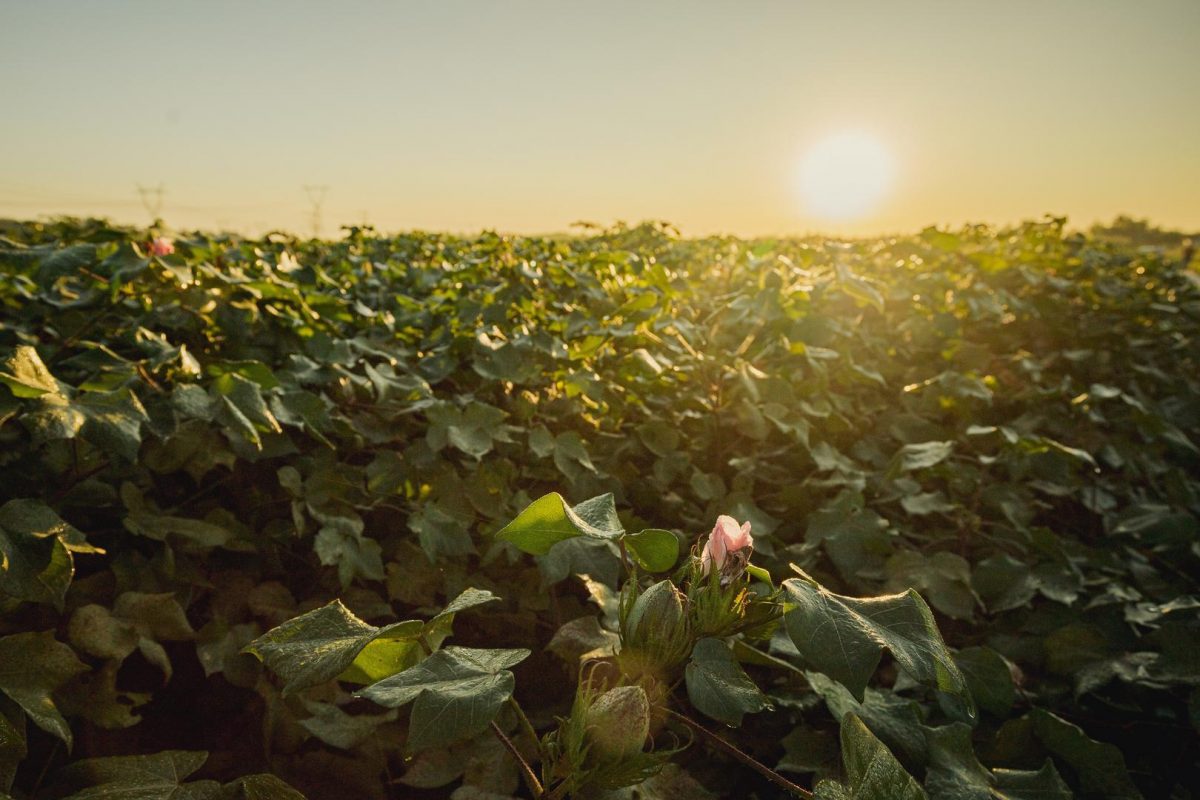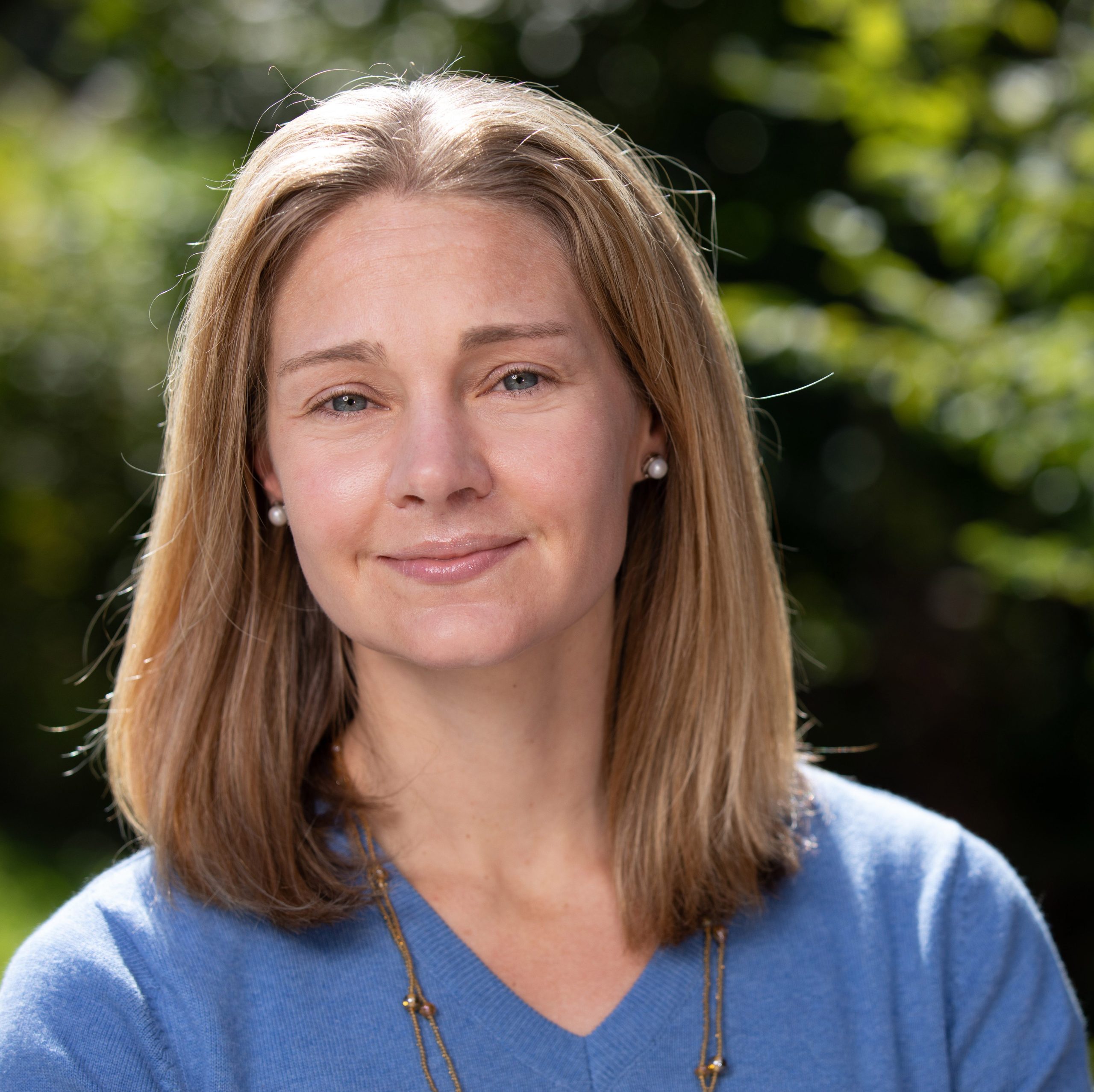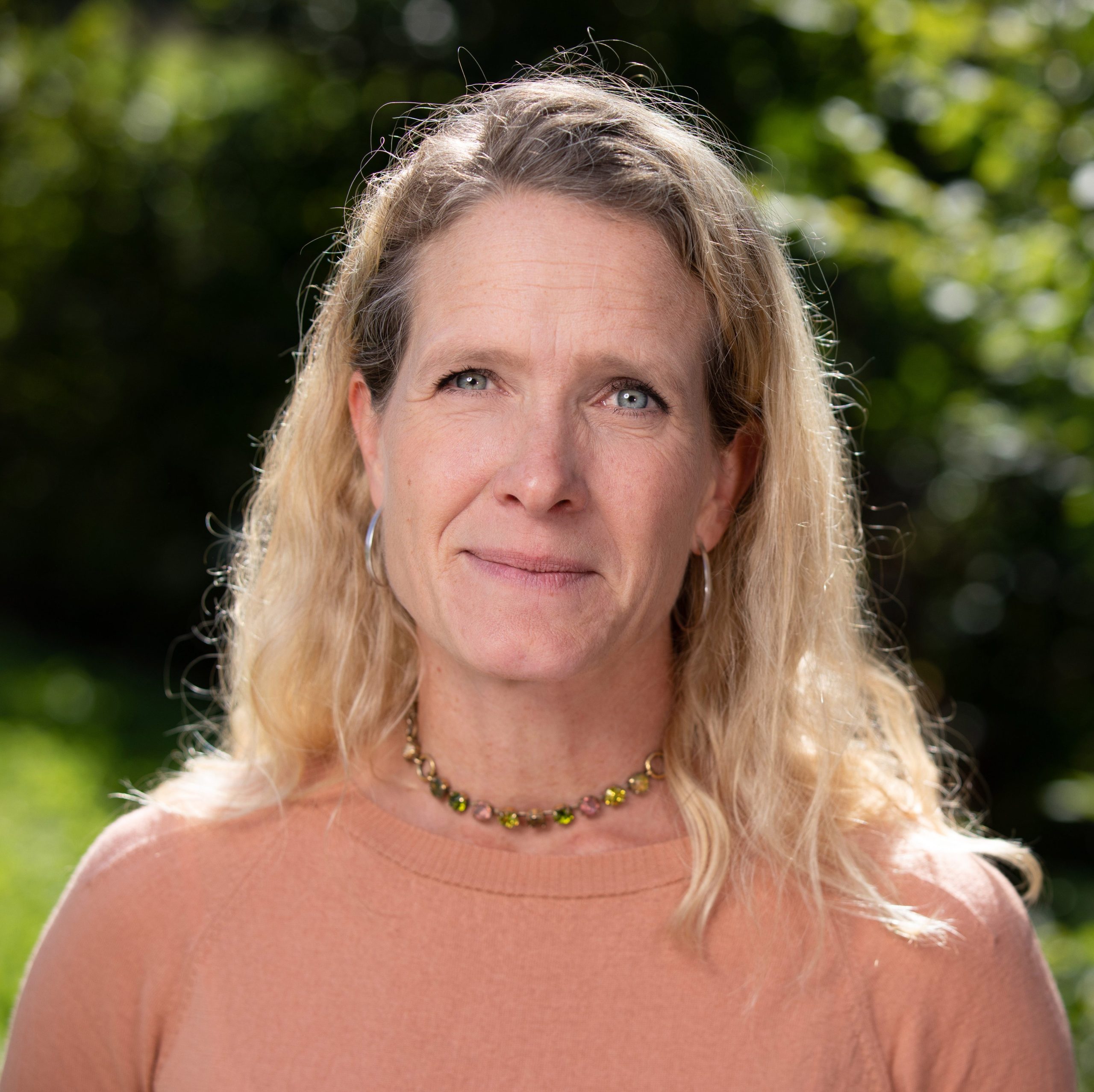What the Conclusion of the Delta Project Means for Better Cotton: Q&A with Eliane Augareils
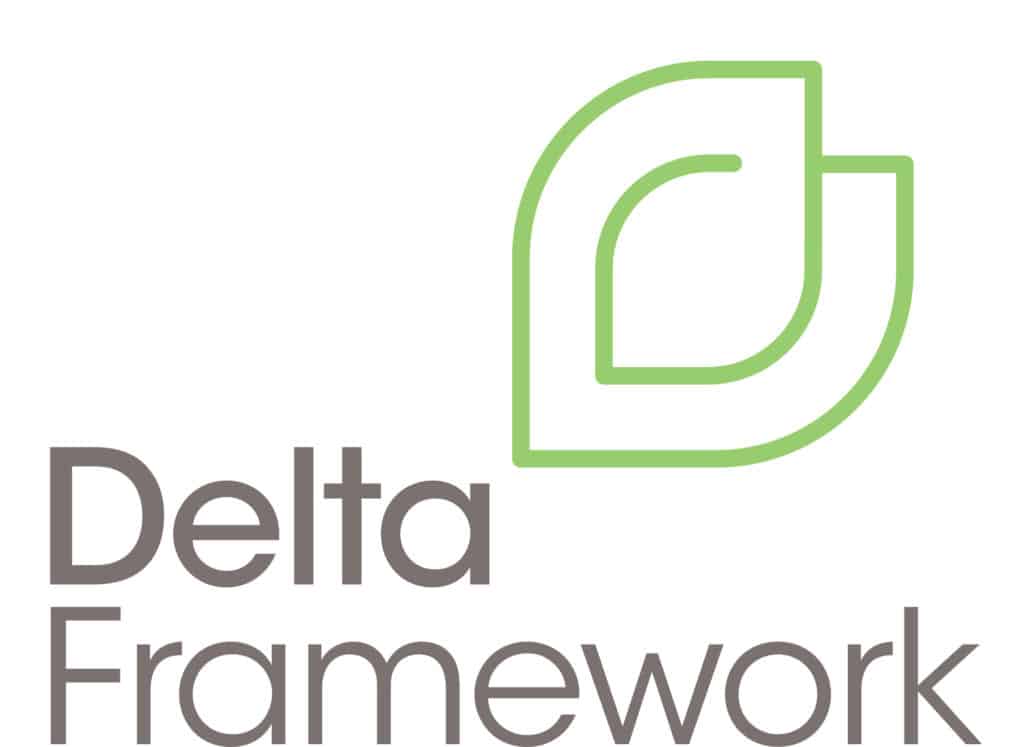
In the push to transform the way cotton and other crops are grown around the world, there remains a big roadblock: the lack of a common language for what sustainability means and how to report and measure progress. This was the impetus for the Delta Project, an initiative to bring leading sustainability standard organisations together to build a common framework for measuring and reporting on sustainability performance in the agricultural commodity sector, starting with cotton and coffee. The project was made possible by a grant from the ISEAL Innovations Fund, which is supported by the Swiss State Secretariat for Economic Affairs SECO and spearheaded by Better Cotton and the Global Coffee Platform (GCP).
Over the past three years, Delta Project partners — Better Cotton, GCP, the International Cotton Advisory Committee (ICAC) Expert Panel on Social, Environmental and Economic Performance (SEEP) of Cotton Production, the International Coffee Organisation (ICO) and the Cotton 2040 working group on impact metrics alignment* — developed, field-tested and published a set of 15 cross-commodity environmental, social and economic indicators to measure sustainability at the farm-level. A Memorandum of Understanding (MOU) was signed with the Cotton 2040 working group members to gradually incorporate relevant metrics and indicators into their monitoring and evaluation (M&E) systems.
The Delta indicators align with and allow users to report progress against the United Nations’ Sustainable Development Goals (SDGs), and the tools and methodologies are broad enough to be used by other agricultural sectors, as well.
To learn more about the project and what it means for Better Cotton Partners and Members, we spoke to Eliane Augareils, Senior Monitoring and Evaluation Manager at Better Cotton.
Why is it important to create a shared language for sustainability standards to communicate and report on sustainability?
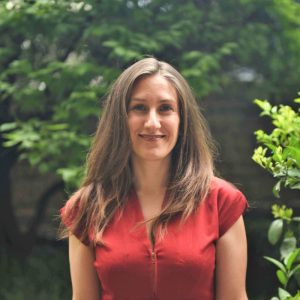
EA: Every standard has different ways of defining and measuring sustainability. In the cotton sector, for example, even when we are assessing the same thing, like water savings, we all have very different ways of measuring and reporting on it. That makes it challenging for a cotton stakeholder to understand the added value of sustainable cotton, whether that’s Better Cotton, organic, Fairtrade, etc. It is also impossible to aggregate the progress made by multiple standards. Now, if we implement what we committed to through the Delta Project, we can analyse the sustainable cotton sector’s progress as a whole.
What is the significance and value of the MOU signed by the Cotton 2040 working group?
EA: The MOU is an important result of the collaboration between all the cotton standards and organisations in the working group. It’s a commitment from these standards to integrate all the relevant Delta indicators into their respective M&E systems. It’s very important because it shows a strong willingness by the cotton sector to establish a common definition of sustainable cotton and a common way to measure progress. It also represents an increased spirit of collaboration between standards to act collectively towards our shared goals.
How were the indicators developed?
EA: We carried out a thorough consultation process for a year, reaching out to over 120 people representing 54 organisations from the agricultural private and public sectors. We first identified the sustainability impact priorities for the cotton and coffee sectors, and the stakeholders formulated nine shared goals across the three dimensions of sustainability — economic, social and environmental — all linked to the SDGs.
We then looked at over 200 indicators used by several commodity platforms and initiatives to measure progress towards these sustainability goals, in particular the Coffee Data Standard developed earlier by GCP, and the Guidance Framework on Measuring Sustainability in Cotton Farming Systems published by the ICAC-SEEP panel. Considering the interdependencies between the three sustainability dimensions, we recognised that the set of Delta indicators would need to be seen and adopted as a whole. This meant we needed to get to a much smaller set. We eventually selected 15 indicators, based on their global relevance, usefulness and feasibility in monitoring progress towards sustainable agricultural commodities. We then worked with experts to identify the best existing methodologies and tools, or develop new ones, to collect and analyse the data points needed for each indicator.
How were the indicators tested?
EA: Many of the organisations involved in the project ran pilots to test the draft indicators on real farms. These pilots provided critical feedback on the draft indicators, especially on the methodologies we developed to calculate them. Some indicators were very straightforward, for instance calculating yields or profitability, which is something we all do already. But other indicators like soil health, water and greenhouse gas (GHG) emissions were completely new for most of us. The pilots helped us understand the feasibility of implementation, and then we adapted the methodologies accordingly. For the water indicator, we refined it to make it more adaptable to different contexts, such as smallholder settings and different climates. In areas where monsoons are common, for example, the amount of water must be calculated differently. Without the pilots, we would only have a theoretical framework, and now it’s based on practice. Additionally, based on the lessons learnt from the pilots, we added limitations for each indicator, which allows us to be very transparent on the implementation and data collection challenges. For some indicators, like GHG emissions, that require a lot of data points, we also tried to identify which data points are the most important to get representative results.
How will the Delta Framework be integrated into existing M&E systems of the participating sustainability standards?
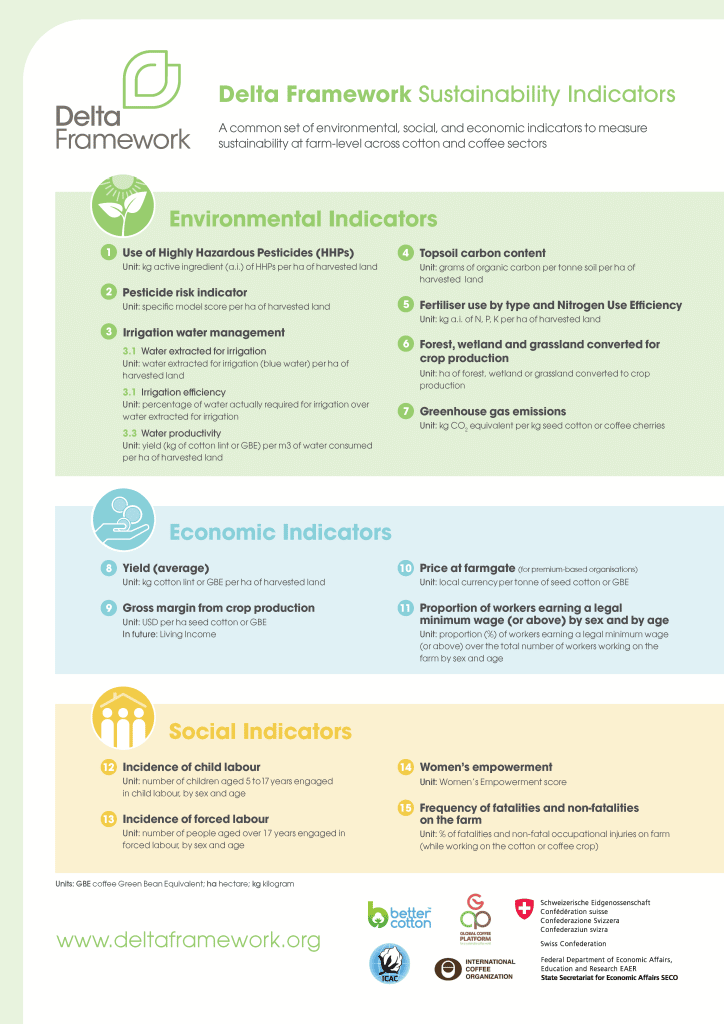
EA: So far, some of the standards — including Better Cotton, Fairtrade, Textile Exchange, the Organic Cotton Accelerator and Cotton Connect — have piloted several of the indicators, but they haven’t all been implemented in their M&E frameworks yet. The learnings of those pilots can be seen here.
Has Better Cotton already incorporated the Delta Framework indicators into the Better Cotton M&E system?
EA: Delta indicators 1, 2, 3a, 5, 8 and 9 are already included in our M&E system and indicators 12 and 13 are included in our assurance system. We are planning to gradually integrate the others into our revised M&E system.
How will the Delta Framework benefit Better Cotton Members and Partners?
EA: It will provide our members and partners with more robust and relevant information they can use to report their contribution to more sustainable cotton production. Instead of our previous eight results indicators, we will measure our progress on the 15 from the Delta Framework, plus a few others linked to our Principles & Criteria. This will enable Better Cotton Members and Partners to better track progress made towards the Better Cotton expected outcomes and impact.
The changes in how we report on GHG emissions and water will be of particular interest. We will systematize the calculation of GHG emissions and hopefully be able to give an approximate carbon footprint for Better Cotton cultivation in each of the countries where we are active. The indicators will also help us better assess the water footprint of cultivating Better Cotton. Until now, we only quantified the volume of water used by Better Cotton Farmers compared to non-Better Cotton Farmers, but in the near future, we will also calculate irrigation efficiency and water productivity. This will show how much cotton is produced per unit of water used and how much water is actually benefitting a farmer’s crop. In addition, we are now shifting our M&E system towards longitudinal analysis, in which we will analyse the same group of Better Cotton Farmers over multiple years, rather than comparing the performance of Better Cotton Farmers to the performance of non-Better Cotton Farmers each year. This will give us a better picture of our progress in the medium and long term.
What will these changes mean for Better Cotton farming communities?
EA: Standards often take a lot of time collecting participating farmers’ data, yet the farmers rarely see any results from this. One of our key goals for the Delta Project was to give farmers their data in a meaningful way. For example, a smallholder farmer doesn’t benefit much from knowing their carbon footprint, but they would benefit a lot from knowing the evolution of their soil organic content and of their pesticide and fertiliser use over the years and how that relates to the evolution of their yield and profitability. Even better if they know how that compares to their peers. The idea is to provide this information as soon as possible after the end of the harvest, so that farmers can use it to adequately prepare for the next season.
Will the Delta Framework demand more of farmers’ time for data collection?
EA: No, it shouldn’t, because one of the objectives of the pilot was to source more data from secondary sources like remote sensing devices, satellite images, or other data sources that can provide us with the same information with greater accuracy, all while minimizing time spent with the farmer.
How will we know if the indicators have been successful and supported progress towards the SDGs?
EA: Because the indicators are closely aligned with the SDG framework, we think the use of the Delta indicators will certainly help in tracking progress towards the SDGs. But in the end, the Delta Framework is only an M&E framework. It’s what the organisations do with this information and how they use it to guide farmers and partners in the field that will determine whether it helps them progress towards the actual goals.
Is data from different standards being stored in one place?
EA: At the moment, every organisation is in charge of keeping their data and consolidating it to report externally. At Better Cotton, we will use the data to create country ‘dashboards’ as well as dashboards for our Programme Partners so that they can see precisely what is going well and what is lagging.
Ideally, a neutral entity like ISEAL could create a centralized platform where data from all the (agriculture) standards could be stored, aggregated and analysed. We have developed comprehensive guidance in the Delta Framework Digitisation Package to support organisations in ensuring that the data is registered and stored in a way that would allow for aggregation in the future. However, the difficulty will be to convince the standards to share their data while complying with data privacy regulations.
What’s next for the Delta Framework and indicators?
EA: An indicators framework is a living thing. It is never ‘done’ and will need constant nurturing and evolution. But for now, the indicators, along with their corresponding methodologies, tools and guidance materials, are available on the Delta Framework website for anyone to use. Moving forward, we are looking for an organisation to take ownership of the Framework and regularly review the relevance of the indicators as well as the potential new tools and methodologies available to measure them.
What does this framework mean for the future of the cotton sector and for sustainable cotton production?
EA: A key point is the fact that different sustainable cotton actors will use a common language for sustainability and report in a harmonised way so that we can unify and strengthen our voice as a sector. The other benefit of this work is the increased collaboration among the main sustainable cotton actors. We consulted many organisations within the cotton sector, we piloted the indicators together, and we shared our learnings. I think that the outcome of the Delta Project so far is not only the framework itself, but also a stronger willingness to collaborate with each other — and that’s very important.
- Visit the Delta Framework website and get familiar with the resourceshttps://www.deltaframework.org/
- Watch the recording from the Delta session at the 2022 Better Cotton Conference
* The Cotton 2040 working group includes Better Cotton, Cotton Made in Africa, Cotton Connect, Fairtrade, myBMP, Organic Cotton Accelerator, Textile Exchange, Forum for the Future and the Laudes Foundation
Read more
